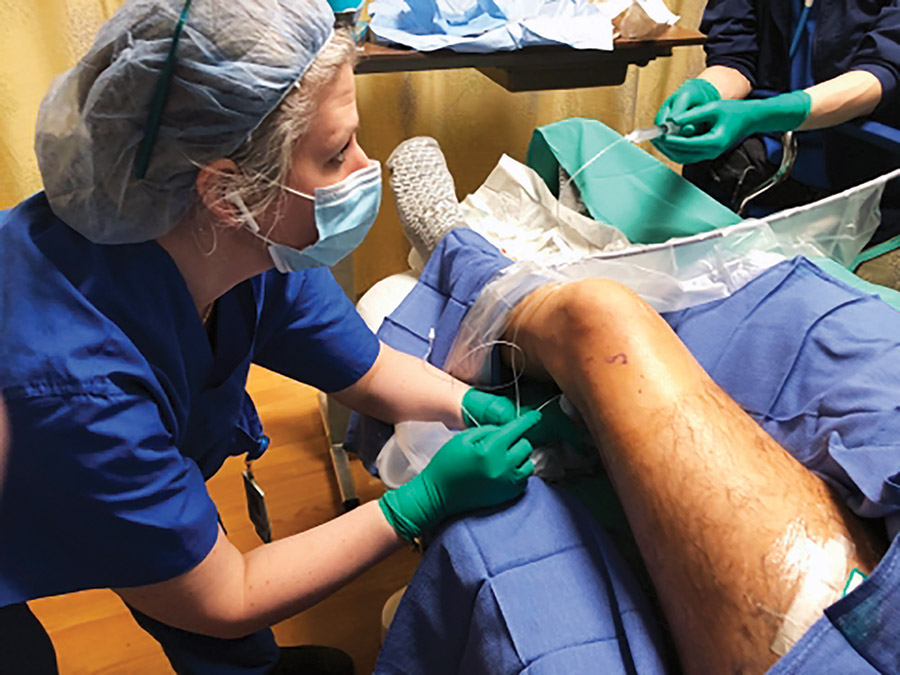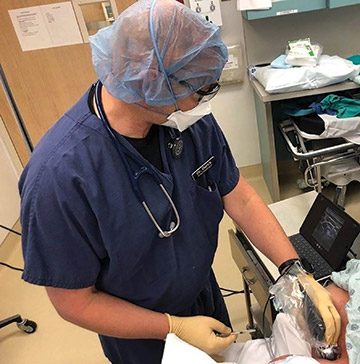Regional anesthesia isn't as prevalent as it should be, but it's a rapidly growing field. Facilities that aren't providing it now should consider doing so because at some point soon it's likely to be the standard for any facility performing elective
surgeries. Granted, I'm lucky to be in an academic center with cutting-edge care and state-of-the-art imaging and ultrasound equipment at my fingertips.
Of course, that's not the case everywhere. However, any outpatient surgery center, large or small, can benefit from regional anesthesia as long as they've made appropriate investments in the necessary equipment and staff training. The good news
is virtually all new anesthesiologists are taught the basics of ultrasound guidance and regional anesthesia during their core training.
At a minimum, you'll need to add ultrasound technology, as this is the standard for placing nerve blocks. Obviously, you'll need to account for the upfront cost of this equipment. You'll also need to plan for creating an inventory of the anesthetics
used during block placement. Once your nerve block program is up and running, you have to make sure you're appropriately stocked with the medications and equipment you'll be using regularly.
Before creating a regional service, your entire staff must have proper knowledge and training of nerve block placement techniques as well as a practical understanding of the effects on the patient. For example, it's essential to train medical
team members to assess patient strength and mobility after surgery to ensure they are safe for discharge.
There's no doubt that regional anesthesia performed by skilled providers results in better care and superior pain relief for patients.
It's also crucial to have an effective communication plan in place between the patient and the entire medical team that covers every aspect of the procedure from start to finish. This includes preoperative information, explaining the details of
the nerve block, maintaining a standardized consent process, and adhering to consistent and appropriate follow-up communication after the patient is discharged. During the block placement, teams should build in a time out process to confirm
the patient's name, medical records number, birthdate and the procedure about to be performed (including laterality) in order to prevent accidental wrong-sided blocks and to ensure patient safety. Of course, the patient should participate
in this process.
At our facility, all discharged patients who undergo regional anesthesia receive at least one follow-up call from the facility's staff. They also usually receive a call from their surgeon or anesthesiologist. This comprehensive post-op communication
is especially important if your facility is providing catheter-placed pain pumps for discharged patients, because these patients will likely have more questions and also need more monitoring before the pump is removed.
.svg?sfvrsn=be606e78_3)


.svg?sfvrsn=56b2f850_5)